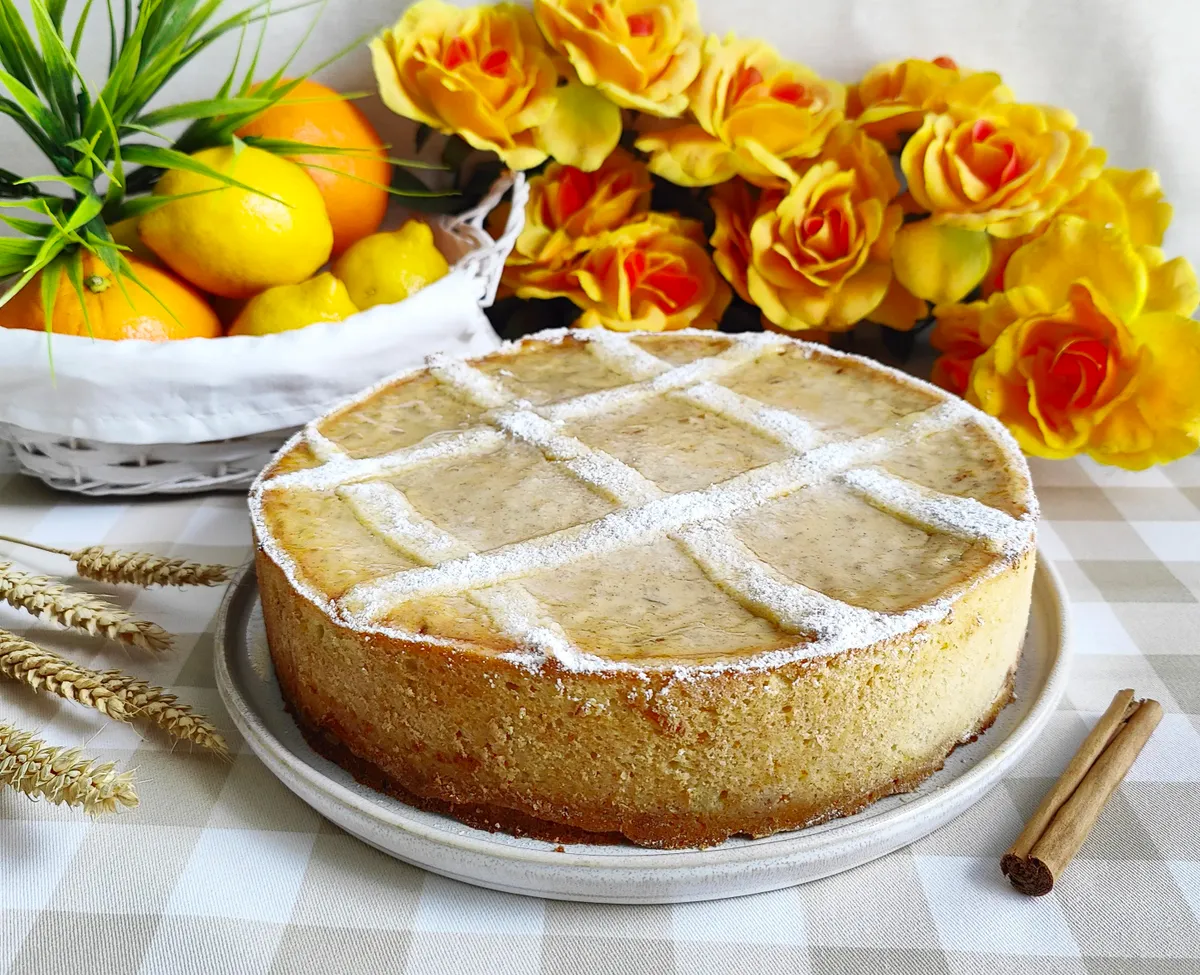
The history of Pastiera Napoletana
The Pastiera Napoletana is an iconic tart from the city of Naples, in southern Italy. Its recipe has been passed down for centuries as an essential part of traditional Easter baking. This delicacy, made with cooked wheat, ricotta, eggs, sugar, orange blossom water and candied fruit, traces its origins back to ancient pagan celebrations dedicated to the goddess Ceres, protector of crops. In those springtime rituals, wheat mixed with milk and honey was offered as a symbol of fertility and rebirth — a tradition that would later inspire the symbolic beginnings of the pastiera.
With the arrival of Christianity, these customs were reinterpreted within the liturgical calendar, and the pastiera became a typical Easter dessert, traditionally prepared on Maundy Thursday to be enjoyed on Easter Sunday. This tradition remains alive in many Neapolitan homes, where it is believed that letting the tart rest for several days enhances its flavour and texture, achieving a perfect balance between its ingredients.
The recipe was refined at the Monastery of San Gregorio Armeno, in the very heart of Naples, where Benedictine nuns added a touch of elegance to the original dessert. It is thought that they were the first to introduce orange blossom water — which gives the tart its distinctive floral aroma — and the criss-cross pastry strips on top, which not only decorate but also echo ancient solar symbols and Christian themes of rebirth.
A curious and deeply symbolic aspect of the pastiera is its connection to the number seven, regarded in Christian tradition as a number of perfection. The classic recipe includes seven main ingredients: wheat, ricotta, eggs, sugar, orange blossom water, candied fruit and cinnamon. This number reflects both spiritual completeness and the seven days of creation, reinforcing the tart’s Easter and sacred significance.
The Neapolitan writer and ethnographer Francesco De Bourcard, in his 1853 work *Usi e costumi di Napoli e contorni descritti e dipinti*, already highlighted the importance of the pastiera as part of Naples’ culinary heritage. His text shows how this tart had moved beyond the convent kitchens to become a cherished recipe both in humble homes and the grand banquets of the Neapolitan nobility.
Today, the Pastiera Napoletana is not only a symbol of Italian baking but also a true expression of cultural identity and popular devotion. Its recipe has been officially registered by gastronomic associations to safeguard its authenticity, and it continues to be the heart of many Easter tables. Tasting a slice of pastiera is to savour centuries of history, tradition and spirituality in a single bite.

 albertoimizcoz
albertoimizcoz

